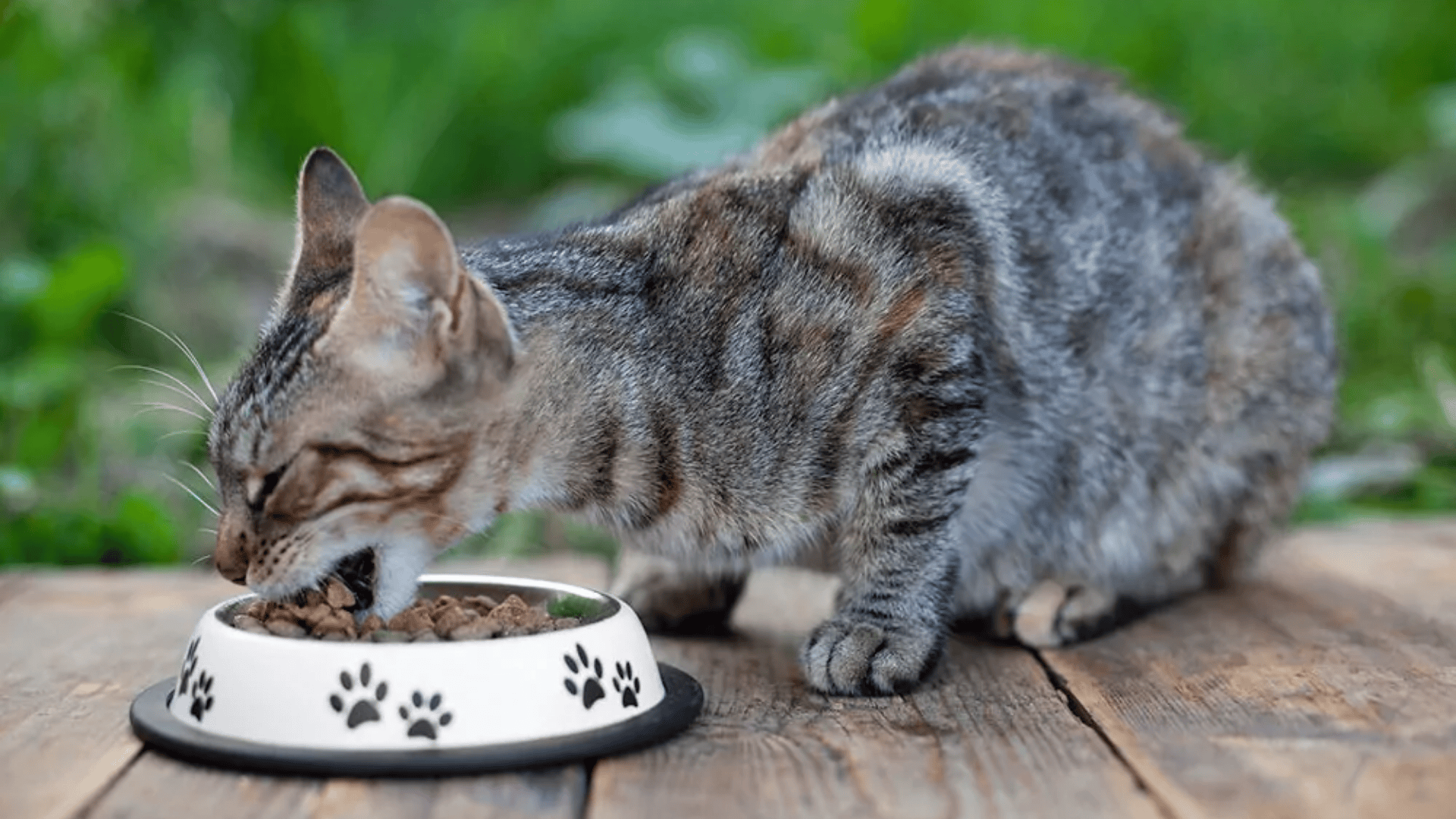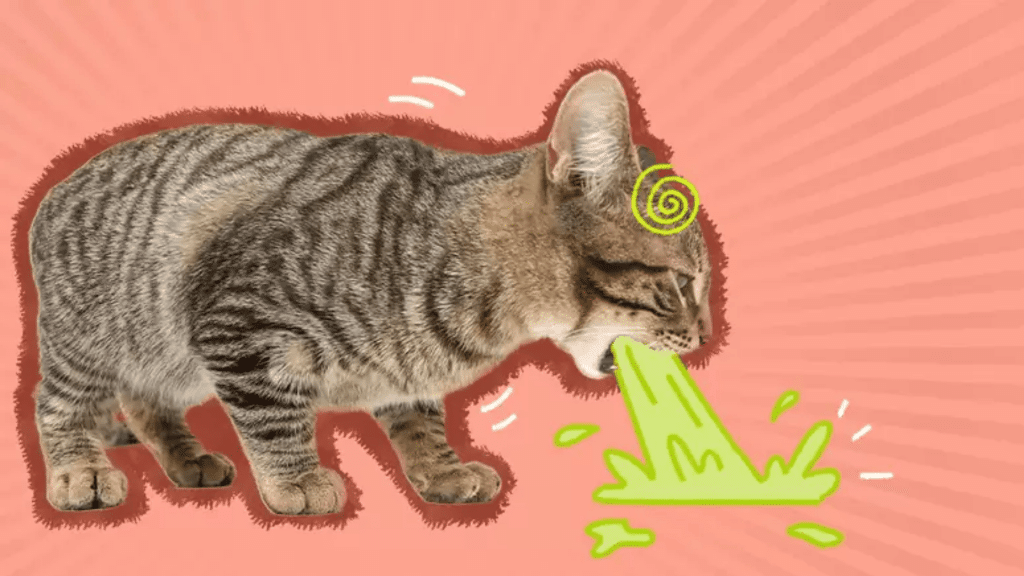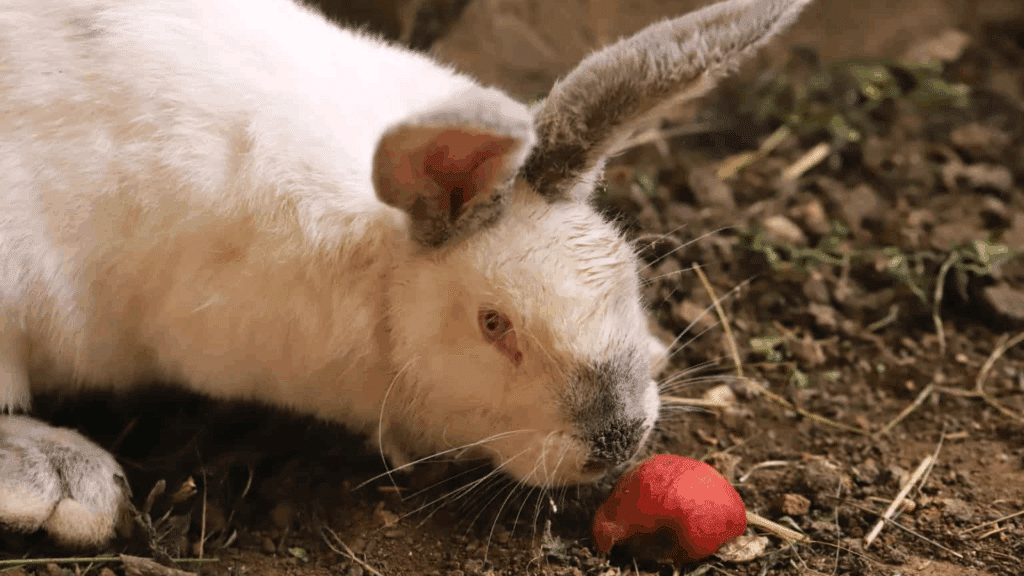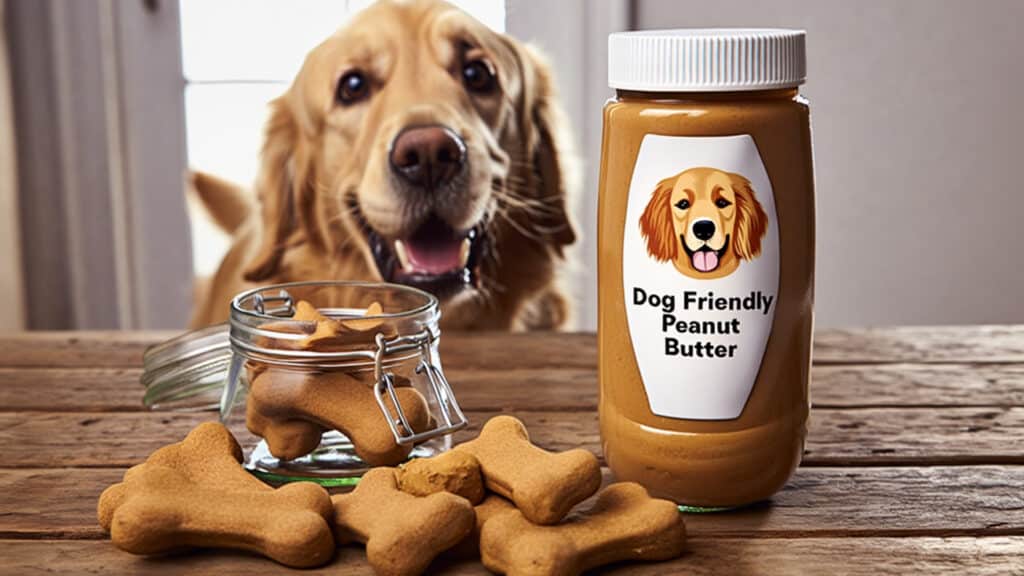If you’ve ever seen your cat throw up, you know it can be worrying-and a little messy. While occasional vomiting isn’t always dangerous, it’s important to understand why it happens and how to help your furry friend feel better.
Cats can throw up for many reasons, from eating too fast or getting hairballs to dietary sensitivities or medical issues.
Paying attention to your cat’s behavior, diet, and environment can prevent many of these episodes.
In this guide, we’ll break down common causes, show you how to spot warning signs, explain what to do at home, and give tips for preventing vomiting in the future.
By learning the signs and taking simple steps, you can keep your cat healthier and happier.
Stress and Its Role in Cat Vomiting
Cats can vomit not only because of food or illness but also because of stress or anxiety. When a cat is in a new home, meets new people, or faces loud noises, its body can react by upsetting the stomach.
Stress can make the stomach empty too quickly or cause acid to build up, leading to vomiting. Even small changes, like moving furniture or a new pet, can make some cats feel nervous.
Watching for patterns, like vomiting after stressful events, can help owners understand the cause. Reducing stress through calm routines, safe spaces, and gentle handling can often help prevent vomiting caused by anxiety.
Common Non-Medical Reasons Cats Throw Up Food

Cats may vomit even when they are healthy. Often, it happens because of how they eat or small changes in their routine, rather than due to illness. Understanding these reasons can help prevent unnecessary worry.
1. Eating Too Quickly
When cats eat too fast, they can swallow large amounts of food at once. This can cause the stomach to become overloaded, and food may come back up shortly after eating. Unlike true vomiting, this is usually gentle regurgitation. Feeding smaller portions or using slow-feeder bowls can help reduce this problem.
2. Hairballs
Cats groom themselves by licking their fur, which means they swallow hair. Sometimes this hair forms small clumps in the stomach. These hairballs can be vomited up to keep the stomach clear. Regular brushing and special hairball treats can help minimize this issue.
3. Food Sensitivities or Allergies
Some cats have stomachs that react to certain foods or ingredients. These sensitivities can lead to nausea and vomiting shortly after eating. Identifying and switching to hypoallergenic or limited-ingredient diets can reduce these reactions.
4. Sudden Changes in Diet
Switching a cat’s food too quickly can upset their digestive system. Vomiting may occur until the stomach adjusts to the new food. Gradually mixing the old and new food over 7–10 days helps prevent this problem.
Medical Causes of Cats Throwing Up Food
Sometimes, cats throw up because of medical issues that need attention. These problems can affect their stomach, intestines, or other organs. Common medical causes include:
- Gastrointestinal disorders: Conditions like IBD, gastritis, or ulcers can irritate a cat’s stomach and make them vomit.
- Parasites and infections: Worms or bacterial infections can upset the digestive system.
- Chronic conditions: Long-term illnesses like kidney disease, liver disease, or thyroid problems may cause repeated vomiting.
- Foreign objects or blockages: Cats sometimes swallow toys, hair ties, or other items that can block their digestive tract.
If vomiting happens often, it’s important to see a veterinarian to find the cause and help your cat feel better.
How to Tell If It’s an Emergency
Sometimes vomiting is serious and needs a vet right away. You should watch for red flag symptoms, such as vomiting many times in 24 hours, experiencing blood in the vomit, being very tired, showing signs of dehydration, or losing weight quickly.
It also matters how often your cat vomits. Occasional vomiting may not be dangerous, but frequent vomiting is a sign to get help from a veterinarian.
Pay attention to behavioral changes, too. If your cat stops eating, hides more than usual, or seems in pain, these are warning signs.
Any combination of these symptoms should make you call a vet as soon as possible to keep your cat safe and healthy.
What to Do If Your Cat Is Throwing Up Food

If your cat is throwing up food, there are steps you can take at home to help them feel better and prevent further vomiting.
Immediate at-home care: Remove food for 4–6 hours to let the stomach settle. Offer small, bland meals afterward, like boiled chicken and rice. Always make sure fresh water is available to prevent dehydration.
Feeding adjustments: Give smaller, more frequent meals and consider using slow-feeder bowls to reduce vomiting caused by fast eating.
Monitoring and documentation: Keep track of how often your cat vomits, what the vomit looks like, and any other symptoms.
When to call the vet: Share details like vomiting duration, frequency, type of food eaten, and any additional symptoms with your veterinarian.
Taking these steps helps protect your cat’s health and allows your vet to provide the best care.
Understanding the Difference Between Vomiting and Regurgitation
While both involve expelling material from the stomach or esophagus, the mechanisms and appearances differ significantly. Recognizing these differences can help avoid misdiagnosis and ensure appropriate medical intervention.
| Feature | Vomiting | Regurgitation |
|---|---|---|
| Onset | Often preceded by nausea or retching | Usually sudden, without warning |
| Effort | Active process with abdominal contractions | Passive process, little to no effort |
| Material | Partially digested food may contain bile | Undigested, often tubular food |
| Timing | Occurs after eating or illness | Often occurs immediately after swallowing |
| Associated Signs | Nausea, drooling, lethargy | Usually, none beyond expulsion |
Correctly distinguishing between vomiting and regurgitation allows clinicians to pinpoint whether the problem lies in the stomach, esophagus, or elsewhere, enabling targeted treatment and better outcomes.
Preventing Vomiting in Cats
Preventing vomiting in cats starts with good daily care and healthy habits. By making simple adjustments, you can keep your cat’s stomach happy and reduce the chances of vomiting.
Adjust feeding habits: Offer smaller portions, use slow-feeding bowls, and stick to consistent feeding times.
Choose the right diet: Feed highly digestible, limited-ingredient foods for sensitive stomachs and avoid sudden diet changes.
Regular grooming: Brush your cat often, especially long-haired breeds, to reduce hairballs.
Routine veterinary care: Keep up with vaccinations, parasite prevention, and regular check-ups to catch health issues early.
Environmental enrichment: Keep cats active and mentally stimulated to reduce stress-related vomiting.
With these steps, you can help your cat stay healthier, happier, and vomit less often.
Hydration and Its Importance for a Healthy Stomach
Water is essential for keeping a cat’s digestive system working smoothly. Adequate hydration helps food move through the stomach and intestines efficiently, preventing irritation that can lead to vomiting.
When a cat doesn’t drink enough, the stomach and intestines can become dry and sluggish, making nausea and vomiting more likely.
Water also helps dilute stomach acid, reducing the risk of irritation or inflammation. Cats may need encouragement to drink, such as fresh water, water fountains, or wet food, to maintain proper hydration.
By supporting digestion and keeping the stomach lining healthy, regular water intake plays a key role in preventing vomiting and promoting overall gastrointestinal health.
Conclusion
Watching your cat vomit can be stressful, but knowing the causes and how to respond makes a big difference.
Many times, simple adjustments like feeding smaller meals, brushing long-haired cats, or offering a gentle diet can prevent most vomiting episodes.
Still, it’s important to watch for warning signs like repeated vomiting, blood, or changes in behavior-these are moments when a vet visit is needed.
Keeping track of your cat’s habits, diet, and overall health can help you spot problems early. Remember, every cat is different, and what works for one might not work for another.
With patience, observation, and the right care, you can reduce vomiting and help your cat live a happier, healthier life while giving yourself peace of mind.








